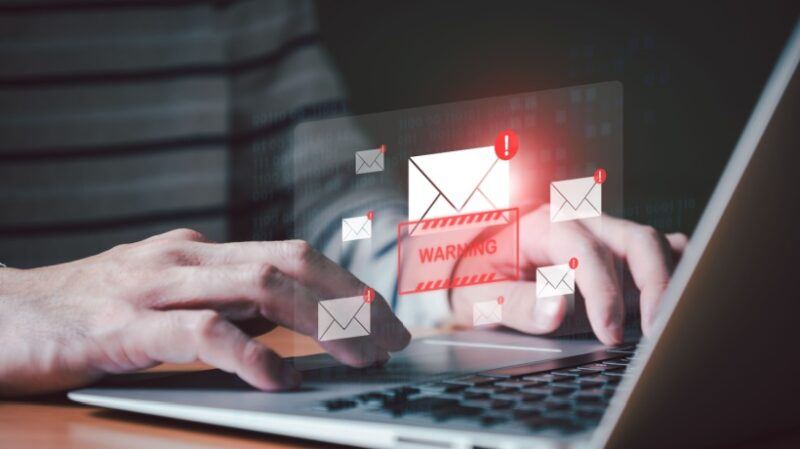
6 Essential Tips for Managing Phishing Emails
Have you checked your inbox lately? The average employee receives about 120 emails each day. Among these, you may encounter messages from unknown senders that are actually phishing attempts. But what exactly are phishing emails, and how can you keep your information safe?
Phishing emails are a significant threat to your personal data. Cybercriminals design these emails to mimic credible sources, tricking you into clicking links that can steal your information or install malware on your devices.
Fortunately, avoiding these threats is manageable. In this article, we’ll go over red flags that may indicate a phishing attempt and outline six steps you should take if you receive such an email, helping you protect your personal and professional information.
Identifying Suspicious Emails
Spotting a phishing email isn’t always straightforward. However, knowing what to look for can make it much easier to identify potential scams. Here are some common warning signs:
- Unknown Sender: Always scrutinize emails from unfamiliar senders. Cybercriminals often impersonate trusted individuals or institutions.
- Generic Greetings: Be wary of generic salutations like “Dear Customer.” While some phishing emails may include your name, impersonal greetings can still be a red flag.
- Urgent Language: Emails that create a sense of urgency or threaten consequences should raise alarms. These messages often pressure you to click links quickly to avoid negative outcomes.
- Suspicious Links: Hover over links to see if the URL matches the sender’s claimed identity. If it doesn’t, think twice before clicking.
- Spelling and Grammar Errors: Many phishing attempts come from poor translations or hastily written messages. Legitimate organizations typically proofread their communications.
- Unusual Requests: Be cautious if you receive emails requesting sensitive information, such as bank credentials or personal identification.
6 Steps to Mitigate Phishing Risks
Stopping phishing emails from reaching your inbox is challenging, but knowing how to respond once you’ve received one can make a significant difference. Here’s what to do:
1. Avoid Clicking Links
While it’s natural to feel alarmed by a phishing email, remember that the threats are often fabricated. Do not click on links, download attachments, or follow any instructions. Engaging with a phishing email can lead to malware infections or expose you to further attacks.
2. Mark the Email as Spam
Leaving a phishing email in your inbox is risky. If you suspect an email is a phishing attempt, mark it as spam immediately. Most email providers enable you to report phishing, which helps reduce future attempts by filtering harmful messages.
3. Notify Your IT Department
If the phishing attempt was directed at your work email, it’s crucial to inform your IT department. They may have specific protocols for reporting such incidents and can help you determine the legitimacy of the email. Always consider sharing a screenshot rather than forwarding the original email to minimize accidental clicks.
4. Verify the Sender’s Identity
Confirm the identity of the email sender by visiting their official website or contacting them through recognized channels. Match up domain names, phone numbers, and addresses to identify discrepancies. Reporting the phishing attempt can further aid in securing their systems.
5. Strengthen Your Security
Even if you haven’t clicked any links, now is a great time to review your security measures. Change passwords for any potentially affected accounts, and consider utilizing a password manager for unique, strong passwords. Additionally, enabling two-factor authentication (2FA) further bolsters your security against unauthorized access.
6. Run Antivirus and Anti-Phishing Software
Regularly run antivirus scans on your devices, especially after identifying a potential phishing attempt. Anti-phishing software can also be invaluable in filtering out suspicious communications. Keep these systems updated to maximize security.
Conclusion
In today’s digital age, cybersecurity threats, including phishing emails, affect us all. While the rising tide of phishing attempts can be daunting, managing them is easier than it appears. By educating yourself on common tactics, remaining calm, and enhancing your cybersecurity measures, you can significantly reduce the likelihood of falling victim to a phishing scam.
This rewrite maintains the original message while ensuring uniqueness and an attractive blog format.



